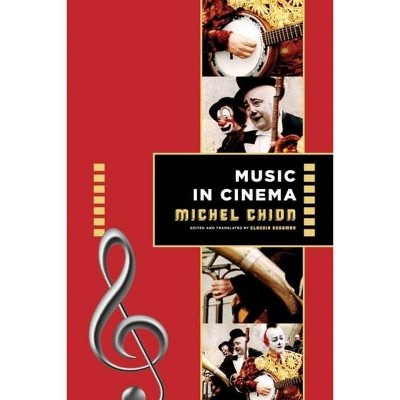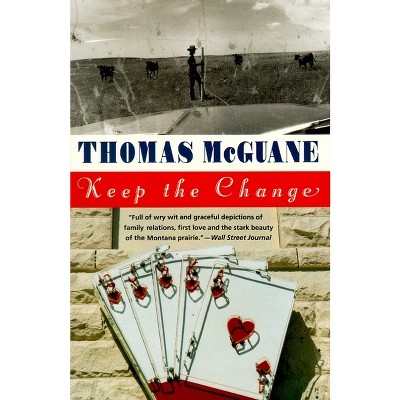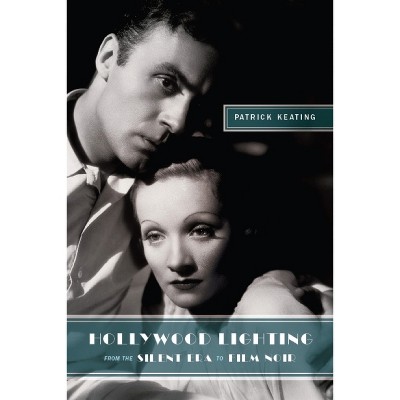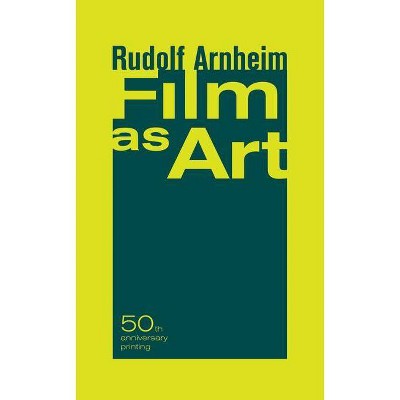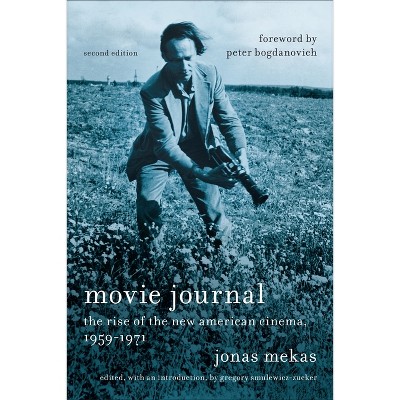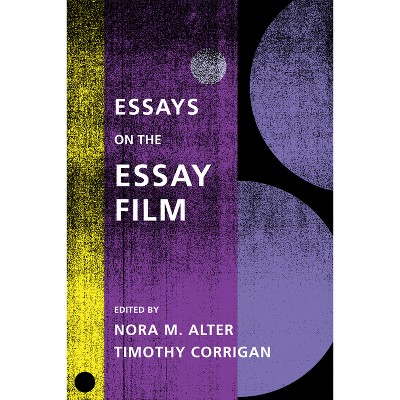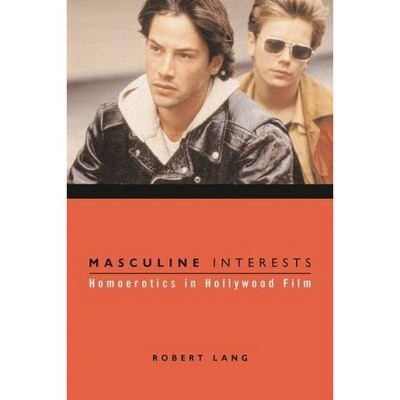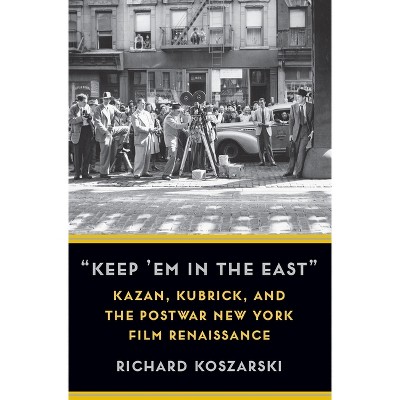Sponsored

The Dynamic Frame - (Film and Culture) by Patrick Keating (Paperback)
$37.00
In Stock
Eligible for registries and wish lists
Sponsored
About this item
Highlights
- The camera's movement in a film may seem straightforward or merely technical.
- About the Author: Patrick Keating is associate professor of communication at Trinity University, where he teaches courses in film studies and video production.
- 368 Pages
- Performing Arts, Film
- Series Name: Film and Culture
Description
About the Book
Patrick Keating offers an innovative history of the aesthetics of the camera that examines how camera movement shaped the classical Hollywood style. In careful readings of dozens of films, he explores how major figures like F. W. Murnau, Orson Welles, and Alfred Hitchcock used camera movement to enrich their stories and deepen their themes.Book Synopsis
The camera's movement in a film may seem straightforward or merely technical. Yet skillfully deployed pans, tilts, dollies, cranes, and zooms can express the emotions of a character, convey attitude and irony, or even challenge an ideological stance. In The Dynamic Frame, Patrick Keating offers an innovative history of the aesthetics of the camera that examines how camera movement shaped the classical Hollywood style.
In careful readings of dozens of films, including Sunrise, The Grapes of Wrath, Rear Window, Sunset Boulevard, and Touch of Evil, Keating explores how major figures such as F. W. Murnau, Orson Welles, and Alfred Hitchcock used camera movement to enrich their stories and deepen their themes. Balancing close analysis with a broader poetics of camera movement, Keating uses archival research to chronicle the technological breakthroughs and the changing division of labor that allowed for new possibilities, as well as the shifting political and cultural contexts that inspired filmmakers to use technology in new ways. An original history of film techniques and aesthetics, The Dynamic Frame shows that the classical Hollywood camera moves not to imitate the actions of an omniscient observer but rather to produce the interplay of concealment and revelation that is an essential part of the exchange between film and viewer.Review Quotes
From silent films to CinemaScope, Keating's book sheds new light on the essential importance of the moving camera in the cinema, and is thus an indispensable guide to this remarkable period in film history. . . Highly recommended.-- "Choice"
Keating, unlike many movie theorists, is just as well versed in film technology as he is in film technique, and one of the strengths of his book is that it is able to zoom in on specific filmmaking tools - dollies, deep-focus photography, CinemaScope - to show how they shaped cinematic storytelling.-- "TLS"
Camera movement, while widely acknowledged as a major aspect of film style and narration, has not had a historical study devoted to it and certainly has not been probed with the degree of specific analysis that Keating uses here. The combination of detailed careful viewing of a wide range of films in order to isolate significant instances of camera movement and the ability to provide an overview of the issues discussed by cinematographers, directors, and critics in the era the films were made is literally something no other scholar has done--and I would add probably no other scholar could do so well. The Dynamic Frame should become a classic in film studies literature.--Tom Gunning, University of Chicago
Patrick Keating provides his requisite impeccably researched analysis, once again upending what we think we know about cinema history. As the leading scholar of cinematography in cinema and media studies, Keating challenges and enriches our understanding of the moving camera in classical Hollywood as well as the studio era's aesthetic debates. Keating's close viewings, technological expertise, and precise language provide a lively and rigorous account essential to one of cinema's most complex but understudied areas.--Julie Turnock, University of Illinois at Urbana-Champaign
Through two masterful volumes on basic techniques of American cinema across the decades, Patrick Keating has essentially rewritten the history of cinematic style from the ground up in productive fashion. As he did for lighting practices in the stunning Hollywood Lighting, Keating once again combines sharp, smart primary research; concrete and complex close reading; and far-ranging cultural reflection to capture precise ways movies told resonant stories rich in visual impact.--Dana Polan, New York University
This book will become the definitive study of moving camera in American cinema during this period. I know of no other work approaching the depth, quality, and comprehensiveness of this book.--Charles Maland, University of Tennessee
About the Author
Patrick Keating is associate professor of communication at Trinity University, where he teaches courses in film studies and video production. He is the author of Hollywood Lighting from the Silent Era to Film Noir (Columbia, 2010).Dimensions (Overall): 9.2 Inches (H) x 6.1 Inches (W) x .9 Inches (D)
Weight: 1.15 Pounds
Suggested Age: 22 Years and Up
Number of Pages: 368
Genre: Performing Arts
Sub-Genre: Film
Series Title: Film and Culture
Publisher: Columbia University Press
Format: Paperback
Author: Patrick Keating
Language: English
Street Date: February 19, 2019
TCIN: 85174798
UPC: 9780231190510
Item Number (DPCI): 247-61-8445
Origin: Made in the USA or Imported
If the item details aren’t accurate or complete, we want to know about it.
Shipping details
Estimated ship dimensions: 0.9 inches length x 6.1 inches width x 9.2 inches height
Estimated ship weight: 1.15 pounds
We regret that this item cannot be shipped to PO Boxes.
This item cannot be shipped to the following locations: American Samoa (see also separate entry under AS), Guam (see also separate entry under GU), Northern Mariana Islands, Puerto Rico (see also separate entry under PR), United States Minor Outlying Islands, Virgin Islands, U.S., APO/FPO
Return details
This item can be returned to any Target store or Target.com.
This item must be returned within 90 days of the date it was purchased in store, shipped, delivered by a Shipt shopper, or made ready for pickup.
See the return policy for complete information.
Frequently bought together

$14.60
MSRP $29.99
Buy 1, get 1 50% off select books
5 out of 5 stars with 1 ratings
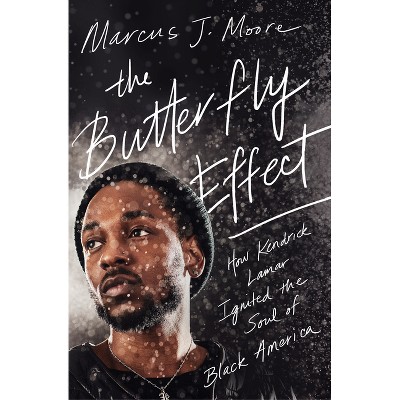
$10.45
MSRP $17.00
Buy 1, get 1 50% off select books
5 out of 5 stars with 1 ratings
Trending Non-Fiction
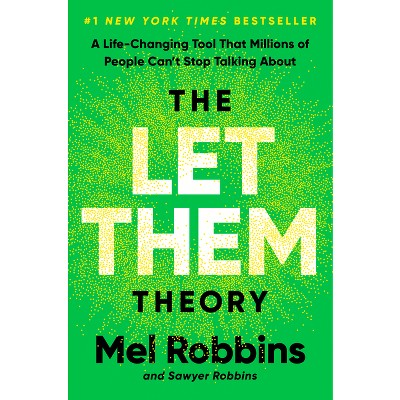
$15.68
Buy 1, get 1 50% off select books
4.8 out of 5 stars with 205 ratings

Highly rated
$19.31
was $20.98 New lower price
Buy 1, get 1 50% off select books
4 out of 5 stars with 68 ratings
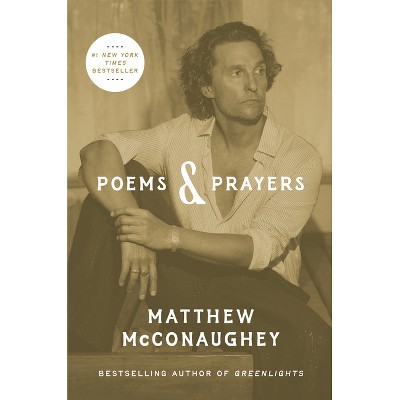
$18.28
was $19.58 New lower price
Buy 1, get 1 50% off select books
4.7 out of 5 stars with 17 ratings

$4.59
MSRP $7.99
Buy 1, get 1 50% off select books
4.8 out of 5 stars with 124 ratings

$6.20
MSRP $10.95
Buy 1, get 1 50% off select books
4.8 out of 5 stars with 33 ratings

$7.09
MSRP $9.99
Buy 1, get 1 50% off select books
4.9 out of 5 stars with 46 ratings


